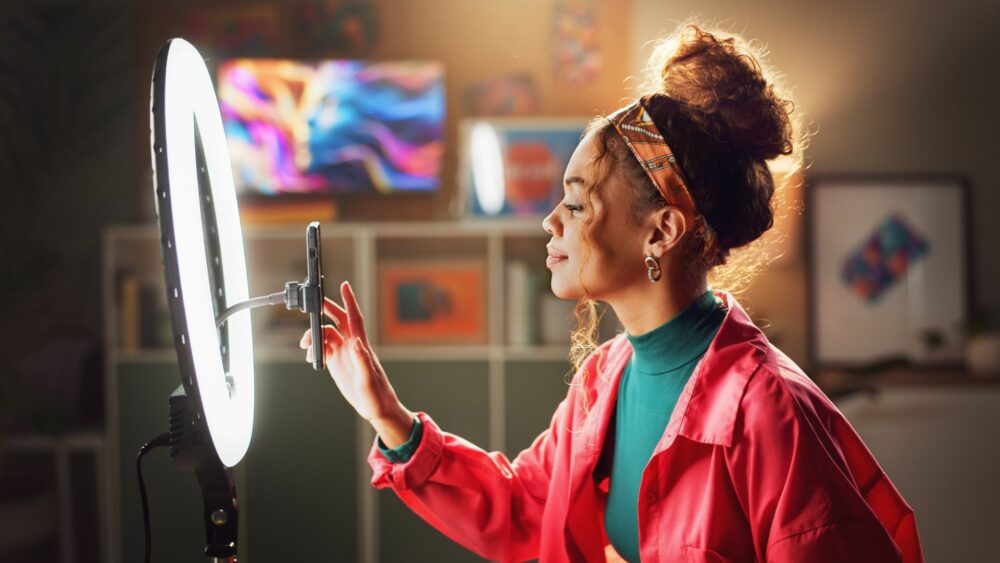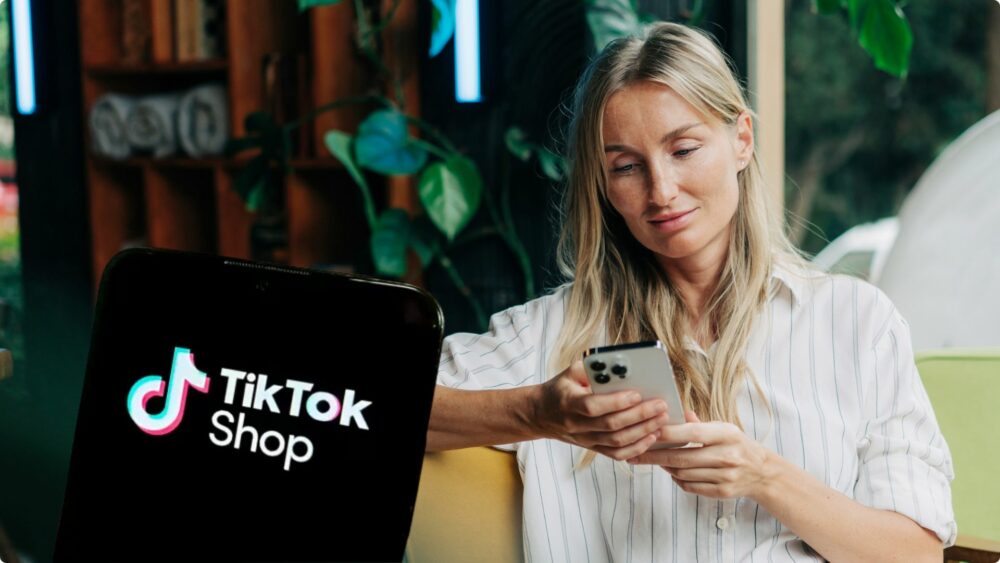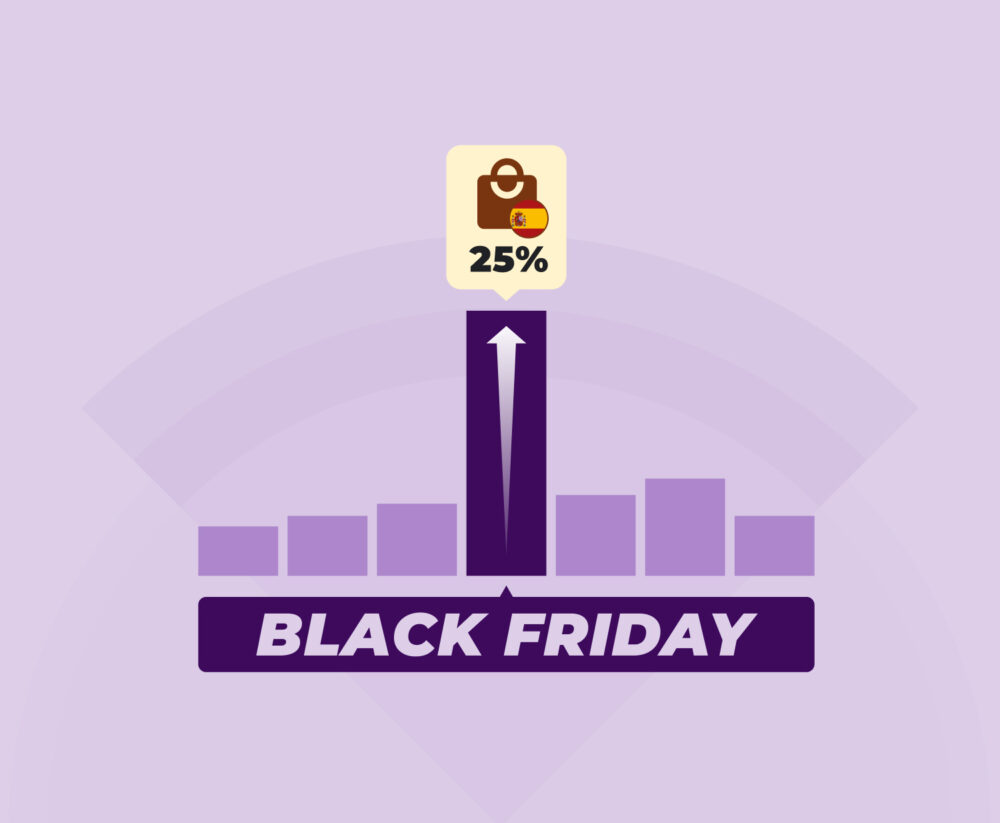Creator Economy in Retail Media: Leverage Co-created Content to Sell More
Retail Media is having its golden moment. Marketplaces and retailers have discovered a gold mine in their own data and audiences. Amazon, Mercado Libre, Walmart and dozens of other platforms are generating millions by selling advertising space within their ecosystems.
But there is a problem. Advertising saturation is reaching critical levels. Consumers ignore traditional banners. Product adverts get lost among thousands of similar options. The effectiveness of classic display advertising is in freefall.
This is where the creator economy in Retail Media comes in. Influencers and content creators have demonstrated something that brands took years to understand: trust is built with authenticity. The data confirms it: 90% of consumers consider authenticity important when deciding which brands to support. This figure has grown from the 86% recorded by Stackla in 2017.
Marketers are clear on this. 83% believe that authenticity is very important for their brands. Furthermore, 61% state that authenticity is what makes content marketing most effective. These statistics explain why recommendations from creators work so well.
When a creator recommends a product, their followers listen. When they do it within the shopping environment, conversion soars. Co-creation of content in Retail Media unites the credibility of creators with the conversion power of sales platforms. The result is a strategy that multiplies sales while building lasting relationships with consumers.
The Evolution of Influencer Marketing: From Sponsored Posts to Co-Creation
Definition and evolution of the concept
Influencer marketing was born as a digital version of the traditional endorsement. Brands paid personalities to mention their products on social media. It was advertising disguised as organic content.
This strategy worked for years. The first influencers had small but very engaged audiences. Their recommendations were perceived as advice from friends. Brands achieved sales with modest investments.
But success attracted more players. Influencers became professionalised. Audiences grew accustomed to sponsored content. Effectiveness began to decline. Engagement metrics fell and cost per acquisition soared.
The industry needed to evolve. The answer came with co-creation. Instead of buying mentions, brands began to collaborate with creators to develop joint content. The focus shifted from one-off promotion to building long-term relationships.
Difference between influencer, micro-influencer and content creator
The creator ecosystem is complex. Each type of profile has unique characteristics. Understanding these differences is key to choosing the right partners.
Traditional influencers have massive audiences. We’re talking about hundreds of thousands or millions of followers. Their content tends to be more produced and professional, although their fees are high. Their reach is enormous but the connection with the audience can be superficial.
Micro-influencers operate in specific niches. Their audiences range from 10,000 to 100,000 followers. They maintain close relationships with their community and their fees are more accessible. If we look at data from Stack Influence, this group accounts for 91% of the creator market and achieves much higher engagement rates than mass profiles (around 6% compared to 2%). A creator with about 10,000 followers can achieve more conversions than another with a million, as long as their audience perceives them as approachable and trustworthy.

Content creators are a separate category. Their main value lies in their ability to generate original and attractive pieces. Although they often have smaller audiences, their content is high quality and this makes them perfect allies for creative collaborations, where relevance outweighs reach. Furthermore, the data confirms it: 70% of consumers speed up their purchasing decisions thanks to adverts from creators, and 72% are willing to buy again from brands they discover through this type of content.
The concept of co-creation
Co-creation transforms the relationship between brands and creators. It ceases to be a commercial transaction and becomes a creative collaboration. Both parties bring value and both benefit from the result.
In co-creation, the creator does not simply promote an existing product. They participate in its development or in the creation of original content around it. They can help design a campaign, suggest product improvements, or create unique content formats.
This collaboration generates more authentic content, as the creator genuinely engages with the brand. Their audience perceives this authenticity. The credibility of the message is multiplied and conversions increase significantly.
One Perfect Synergy: Co-created Content in the Retail Media Environment
The power of “social proof” at the digital point of sale
Social proof is a powerful psychological principle. People tend to copy the actions of others when they are unsure what to do. In the digital environment, third-party recommendations greatly influence purchasing decisions.
Marketplaces and retailers have tried to create social proof with reviews and ratings. These tools work but have limitations. Reviews can be fake. Consumers are wary of extreme ratings. The information is useful but not emotional.
Co-created content solves these problems. When a creator shows how they use a product in their daily life, it generates an emotional connection. Their followers can picture themselves using the product. The recommendation is perceived as authentic and personal.
This authenticity is especially valuable at the digital point of sale. Consumers arrive at the marketplace with the intention to buy. They need validation to make the final decision. Creator content provides that validation in a natural and convincing way.
Co-created content formats for Retail Media
Co-created content can take multiple formats. Each format has specific advantages depending on the campaign’s objective and the product’s characteristics.
- Unboxing videos: especially effective for physical products. The creator shows the complete experience of receiving and opening the product. It highlights details that photos cannot capture. It generates anticipation and excitement in viewers.
- Tutorials and demos: show the product in action. They are ideal for technical products or those with complex functionalities as they help consumers understand the real value of the product. Furthermore, they reduce uncertainty about its use and benefits.
- Comparisons: provide competitive context. The creator analyses different options available in the marketplace. They explain the advantages of each product. It helps consumers make informed decisions.
- Lifestyle content: shows the product integrated into real-life situations. They are perfect for everyday consumer products. They help consumers visualise how the product would fit into their lives.
- Livestream shopping: combines entertainment and direct selling. The creator interacts in real-time with their audience while presenting products. They can answer questions instantly, generate urgency and facilitate impulse buying.
Steps to Implement a Co-created Content Strategy in Retail Media
1. Selecting the right influencer
Choosing the creator is the most important decision in the entire strategy. A bad fit can waste the budget and damage the brand’s image. On the other hand, a good match can multiply sales and create lasting relationships.
The first criterion is audience alignment. The creator’s demographic profile must match the product’s target. It’s not enough to look at age or gender. You need to analyse interests, purchasing behaviours and lifestyle.
Authenticity is fundamental. The creator must have a genuine connection with the product category. Their previous content should demonstrate a real interest in related topics. Furthermore, they must demonstrate skills in producing attractive and professional content. Their style should complement the brand’s image without losing their unique personality. Forced collaborations are noticeable and harm both parties.
The engagement rate is more important than the number of followers. A creator with 10,000 active followers is worth more than another with 100,000 passive ones. You need to analyse the quality of comments and the frequency of interaction.
2. Establishing clear objectives
Defining precise objectives from the start of the campaign is key to optimising the strategy and measuring success. A vague approach leads to poor results. There are different types of objectives:
- Awareness: seeks to increase brand awareness, ideal for launches or entering new markets. It is measured by reach and impressions.
- Engagement: encourages interaction and conversation to build a community. It is measured by likes, comments, shares and viewing time.
- Conversion: focused on direct sales, common in Retail Media for its measurable ROI. It is measured by clicks, conversions and sales value.
- Mixed objectives: combine several goals, such as awareness with new audiences and conversion with current customers. They require more advanced measurement, but offer a comprehensive view.
3. Creative freedom and communication
Co-creation requires a delicate balance between direction and freedom. Brands must communicate their expectations clearly. But they must also give the creator space to express their unique personality and style.
Creative briefs should include essential product information, such as main features, key benefits, price or availability. They should also specify mandatory messaging and legal restrictions.
But briefs should not be too prescriptive. The creator needs freedom to adapt the message to their audience. Their knowledge of the community is invaluable. The best campaigns arise when the brand’s experience is combined with the creator’s creativity.
Communication during the process should be fluid, with regular reviews to adjust the direction if necessary. Micromanagement should be avoided. Constant changes kill creativity and frustrate creators.
4. Measurement and attribution
Measurement is often the weak point in many influencer campaigns, as without clear data it is impossible to justify the investment. Finance managers need concrete figures that demonstrate the return. In Retail Media, this attribution is simpler: tracking links allow sales to be tracked per piece of content, and exclusive discount codes reinforce control. In addition, the analytical tools of the marketplaces provide detailed information.
Beyond direct conversion, engagement metrics help to understand the quality of interaction and anticipate long-term purchase potential, which guides future collaborations. For awareness objectives, brand lift studies are key: they measure the impact on brand perception and, although they require additional investment, they offer valuable strategic insights.
Measurement does not end with the campaign’s closure. Real-time data allows for on-the-go adjustments, and subsequent analyses reveal learnings to optimise future actions.
Trends and Future of the Creator Economy in Retail Media
The creator economy in Retail Media is experiencing accelerated evolution and everything points to it continuing to grow. In 2025, more than 90% of marketers in the US plan to integrate these collaborations, driven by data that confirms the opportunity: social commerce sales will exceed $100 billion and Retail Media will grow by 15.6%, double the industry average. This progress is accompanied by stronger alliances between retailers, creators and social platforms, which facilitates co-created strategies and increasingly effective formats, with video leading the way.
Looking to the future, the key will be to combine authenticity and technology. Consumer trust will continue to be the main driver, while measurement tools and integration between platforms will become more sophisticated. For brands, adopting this strategy early means differentiating themselves in saturated markets, optimising costs and building lasting relationships. The creator economy applied to Retail Media is not a trend; it is a profound transformation that will define how we sell and buy in the coming years.






